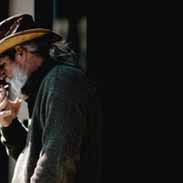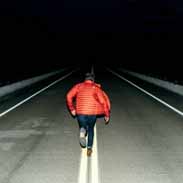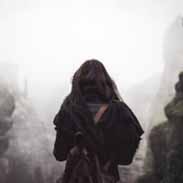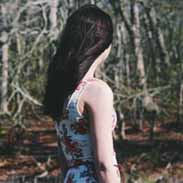Evolution Flashcards, test questions and answers
Discover flashcards, test exam answers, and assignments to help you learn more about Evolution and other subjects. Don’t miss the chance to use them for more effective college education. Use our database of questions and answers on Evolution and get quick solutions for your test.
What is Evolution?
Evolution is the process of change in the inherited characteristics of a population over successive generations that leads to the emergence of new species. It is one of the most important concepts in biology and can be seen all around us. Evolution occurs through natural selection, which is when certain traits become more common or less common because they help an organism survive and reproduce better than others. This type of natural selection occurs over many generations, leading to changes in populations that can eventually result in the emergence of new species.Evolution can also occur due to genetic drift, which is when random changes in gene frequencies occur from generation to generation without any outward influence from environmental factors or competition between individuals. This type of evolution typically results in small changes over time but can eventually lead to substantial differences if left unchecked. Additionally, evolution can also be caused by mutation and other genetic processes such as gene flow, horizontal gene transfer and hybridization. At its core, evolution is driven by two forces: adaptation and speciation. Adaptation is when an organism evolves so that it’s better suited for its environment while speciation occurs when two distinct species arise from a single ancestral population due to reproductive isolation or some other evolutionary event like hybridization or geographical separation. Overall, evolution has shaped life on earth as we know it today and provides us with an understanding of how different species are related through shared ancestry as well as how they have adapted to their environments over time. It also helps scientists understand why certain traits are beneficial for survival while others may not be so successful anymoreallowing us to develop strategies for conservation and protection for endangered species all around the world.













